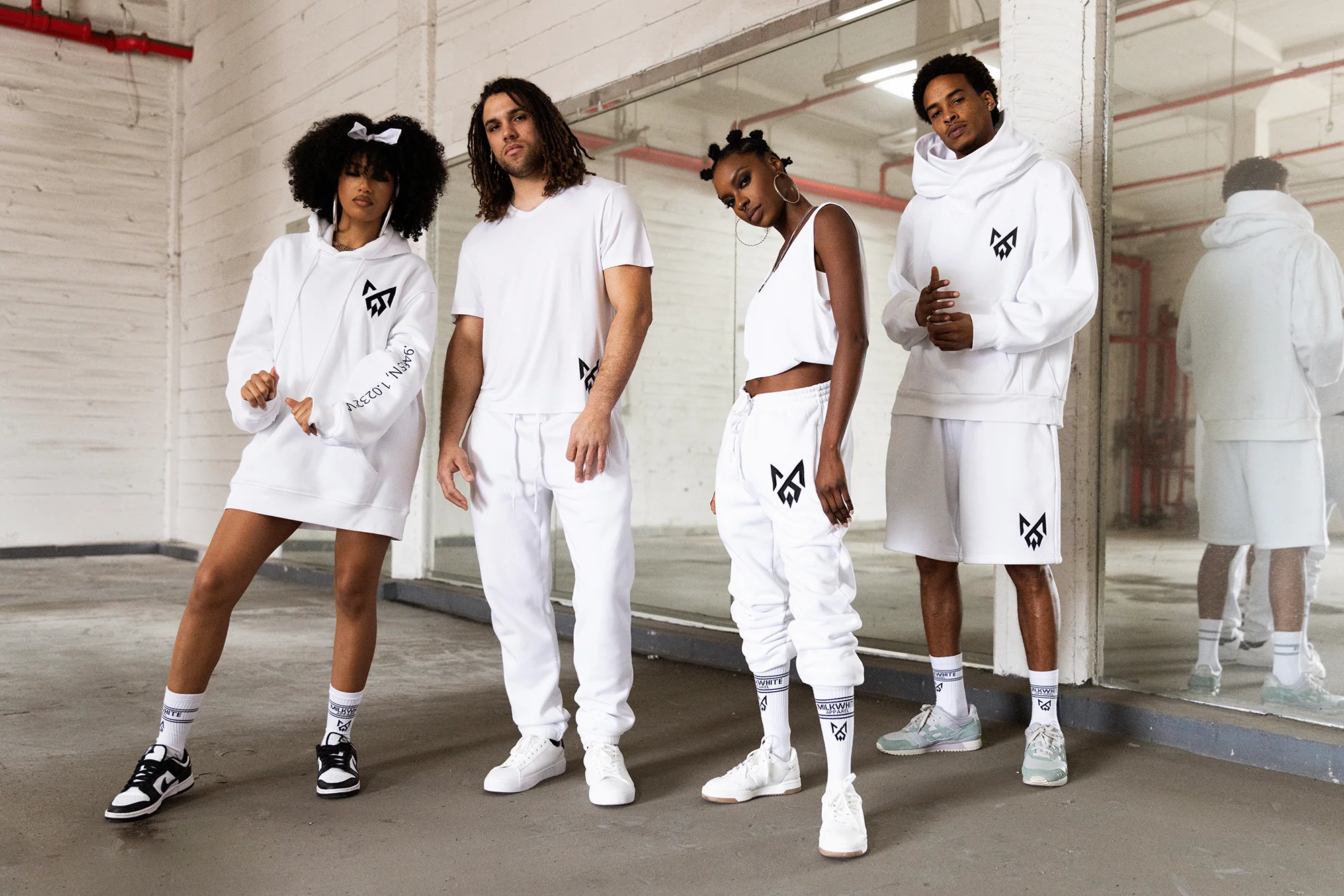Let’s be honest—most of us don’t think twice about the fabric in our clothes. If it looks good and feels alright, that’s usually enough. But once you dive into the world of ethical fashion, you start realizing the fabric itself carries weight. It tells a story. Sometimes a good one, sometimes… not so much.
I remember buying a “cheap deal” polyester jacket years ago. Looked sharp, lasted about three months before it pilled and stretched out of shape. Worse, I later learned polyester comes from petroleum. Yep—basically the same stuff fueling your car. That little jacket wasn’t just poorly made; it was part of a bigger environmental mess. Lesson learned.
Why Fabrics Aren’t Just Fabrics
When you pick up a piece of clothing, you’re holding more than threads. You’re holding a whole chain of choices—farmers, factories, chemicals, energy, water, you name it. Ethical fashion tries to untangle that chain and rebuild it in a way that’s fairer and less destructive.
Think about it: a cotton T-shirt could be grown with harmful pesticides that poison waterways, or it could be organic, kinder to the soil and farmers. Same garment type, completely different story. Whether we’re talking men’s or women’s clothing, the fabric itself makes the difference.
Fabrics That Actually Walk the Talk
Alright, let’s cut to the chase. These are the fabrics worth paying attention to if you want your wardrobe to match your values.
Organic Cotton
It’s not perfect, but it’s a whole lot better than regular cotton. Organic cotton ditches the nasty pesticides and usually uses less water. The clothes still feel soft—maybe even softer—and they tend to last. I’ve got one organic cotton tee that refuses to give up, no matter how many times I wash it.
Hemp
If fabrics were people, hemp would be the low-maintenance friend who’s always reliable. It grows fast, barely needs water, and doesn’t require pesticides. Men’s hemp shirts have this rugged feel, while women’s hemp dresses hang naturally with a relaxed vibe. Bonus: the more you wear hemp, the more comfortable it gets.
Linen
Yes, it wrinkles. People love to complain about that. But honestly, those wrinkles are part of the charm. Linen is made from flax, needs way less water than cotton, and is ridiculously breathable in summer. Throw on a linen shirt, and suddenly you don’t mind the heat so much.
Tencel (Lyocell)
This one feels almost futuristic. Tencel comes from eucalyptus trees, processed in a way that reuses water and solvents instead of dumping them. The result? A silky fabric that drapes beautifully—perfect for blouses, shirts, or even tailored pants. Ethical fashion brands love it, and for good reason.
Recycled Fabrics
Here’s where innovation shines. Recycled polyester, for instance, takes old plastic bottles and spins them into something new. Sure, it’s not flawless—microplastics are still an issue—but it’s better than making fresh polyester from scratch. Imagine your hoodie once being a pile of soda bottles. Kind of wild.
Responsible Wool
Wool can be controversial. If it’s sourced carelessly, animals suffer. But look for “mulesing-free” or certified farms, and you’ve got a fabric that’s warm, durable, and biodegradable. A solid wool coat, if treated well, can last a lifetime. That’s slow fashion at its best.
Fabrics You Might Want to Rethink
Not everything deserves a spot in an ethical closet. A few to watch out for:
- Conventional polyester (cheap, durable, but sheds microplastics).
- Acrylic (scratchy, not breathable, energy-heavy to produce).
- Conventional cotton (comfortable, yes, but thirsty for water and chemicals).
Nobody’s saying you need to purge your whole wardrobe. But the more swaps you make over time, the better.
It’s Bigger Than Just Fabric
Here’s the thing—fabric choice matters, but it’s not the whole picture. Dyeing, stitching, shipping, packaging… every step adds to the impact. Still, starting with fabric is an easy first step. You don’t need to be an expert; you just need to read labels and ask questions.
Each choice is a tiny vote. Organic cotton over regular. Tencel instead of polyester. Even if it feels small, those decisions ripple out to the brands making them.
Practical Tips for Smarter Shopping
A few things I’ve picked up over time:
- Always check the fabric label—marketing buzzwords don’t mean much.
- Think about cost per wear. One $80 linen shirt that lasts years beats four $20 fast-fashion ones.
- Buy less, but better. (Easier said than done, I know. Sales are tempting.)
- Support smaller brands. They often lead the way in transparency.
What’s Coming Next
The fabric world is evolving fast. We’re talking mushroom leather, pineapple fiber, lab-grown silk. Five years ago that sounded like a sci-fi novel. Now, designers are actually making it happen. The future of both men’s and women’s clothing looks a whole lot more inventive—and hopefully, a whole lot kinder.
Final Thoughts
Clothes aren’t just clothes. They’re choices, values, stories stitched into seams. When you choose fabrics that respect both the planet and the people making them, you’re not just shopping—you’re making a statement.
So next time you flip a tag in the store, pause. Ask yourself: Do I want this fabric to represent me? If the answer feels right, then you’ve found something worth wearing.


